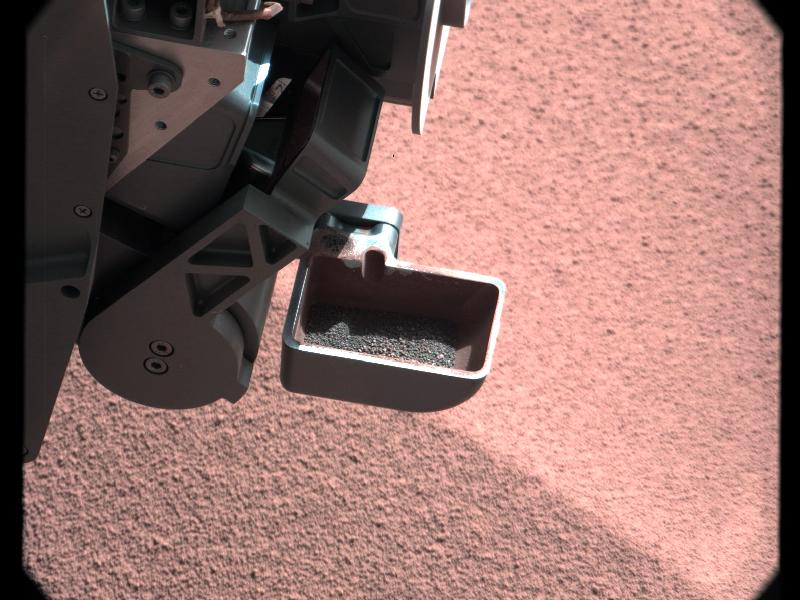Search result

The Android ecosystem has been rapidly expanding beyond phones and tablets lately just in the last week we saw the introduction of an Android-powered Wi-Fi camera by Nikon, and Panasonic is using Android apps and NFC-equipped devices to control and program smart appliances. NASA is one-upping them all with a use for Android that is truly out of this world. NASA's new PhoneSat program is experimenting with using Android-powered miniature satellites.

As part of a program to explore how small cheap satellites can bemade with off-the-shelf parts, engineers are NASA's Ames Research Center have created 10cm square satellites that use Nexus phones as the computing brains that power the satellite. The four pound mini-satellites can be launched dozens or even hundreds at a time, bringing lots of aggregate observing power on the cheap.

In this image, the scoop on NASA's Curiosity rover shows the larger soil particles that were too big to filter through a sample-processing sieve that is porous only to particles less than 0.006 inches (150 microns) across. After a full-scoop sample had been vibrated over the sieve, this held-back portion was returned to the scoop to be accessible for inspection by the rover's Mast Camera. The image is part of the first "decontamination" exercise by the Collection and Handling for In-Situ Martian Rock Analysis (CHIMRA) tool on the end of the rover's arm, which includes the scoop, the sieve and other components.
The decontamination exercise involved scooping some soil, shaking it thoroughly inside the sample-processing chambers to scrub the internal surfaces, putting it through a sieve, dividing it into the appropriate portions and then discarding the sample. This process will be repeated three times. The rinse-and-discard cycles serve a quality-assurance purpose similar to a common practice in geochemical laboratory analysis on Earth.
This image was taken by Curiosity's right Mast Camera (Mastcam-100) on Oct. 10, 2012, the 64th sol, or Martian day, of operations. Scientists white-balanced the color in this view to show the Martian scene as it would appear under the lighting conditions we have on Earth.
© 2023 YouMobile Inc. All rights reserved






